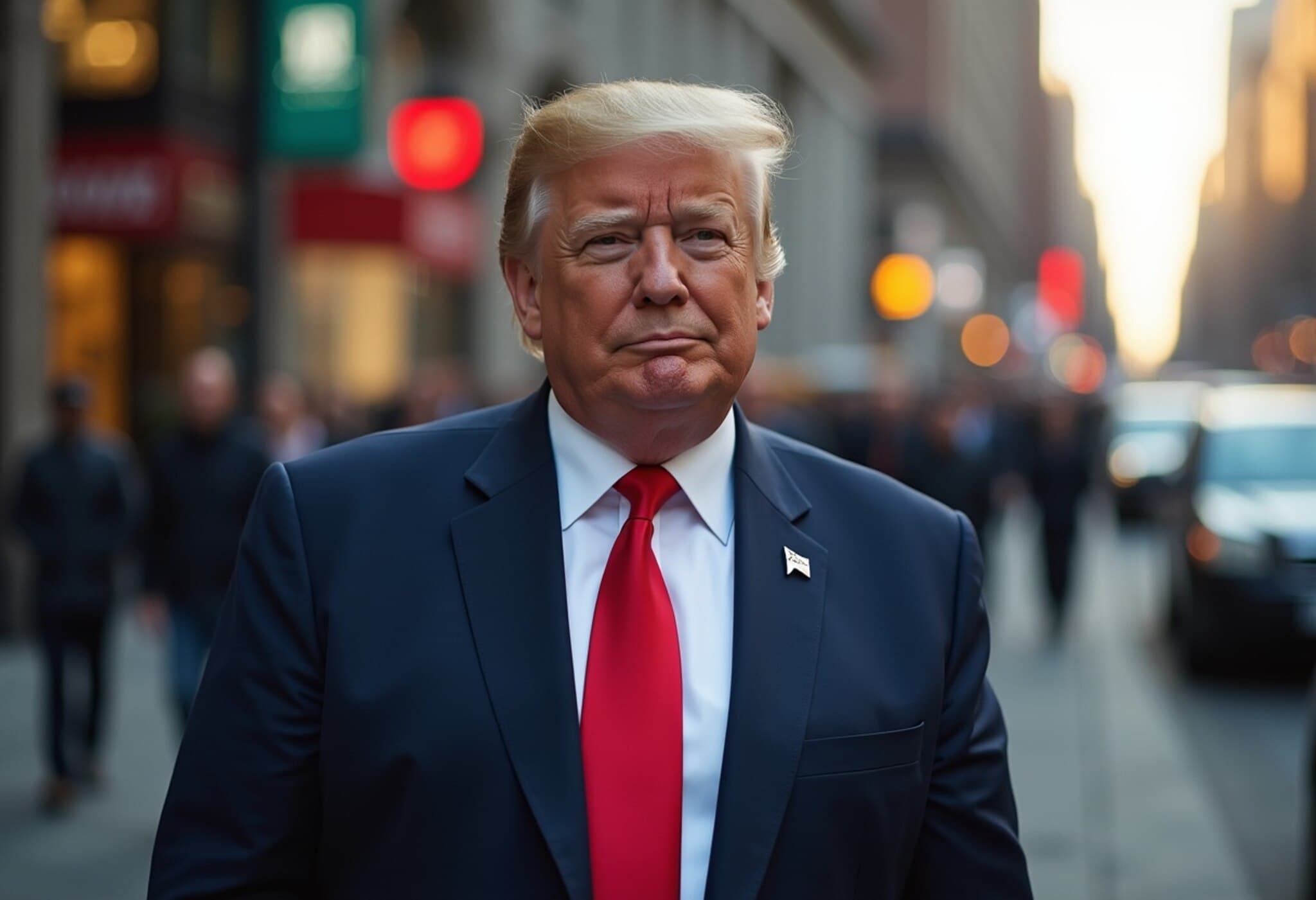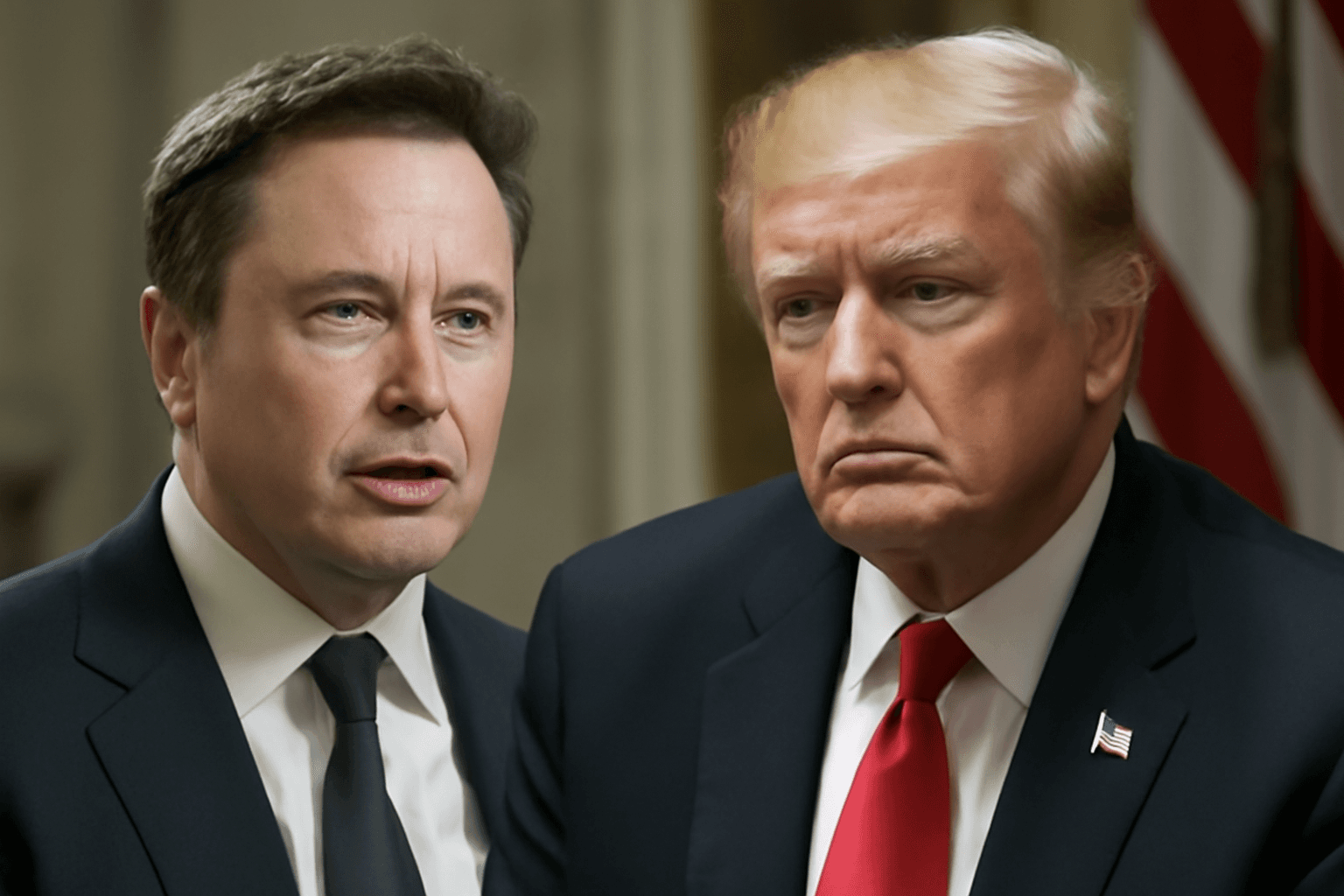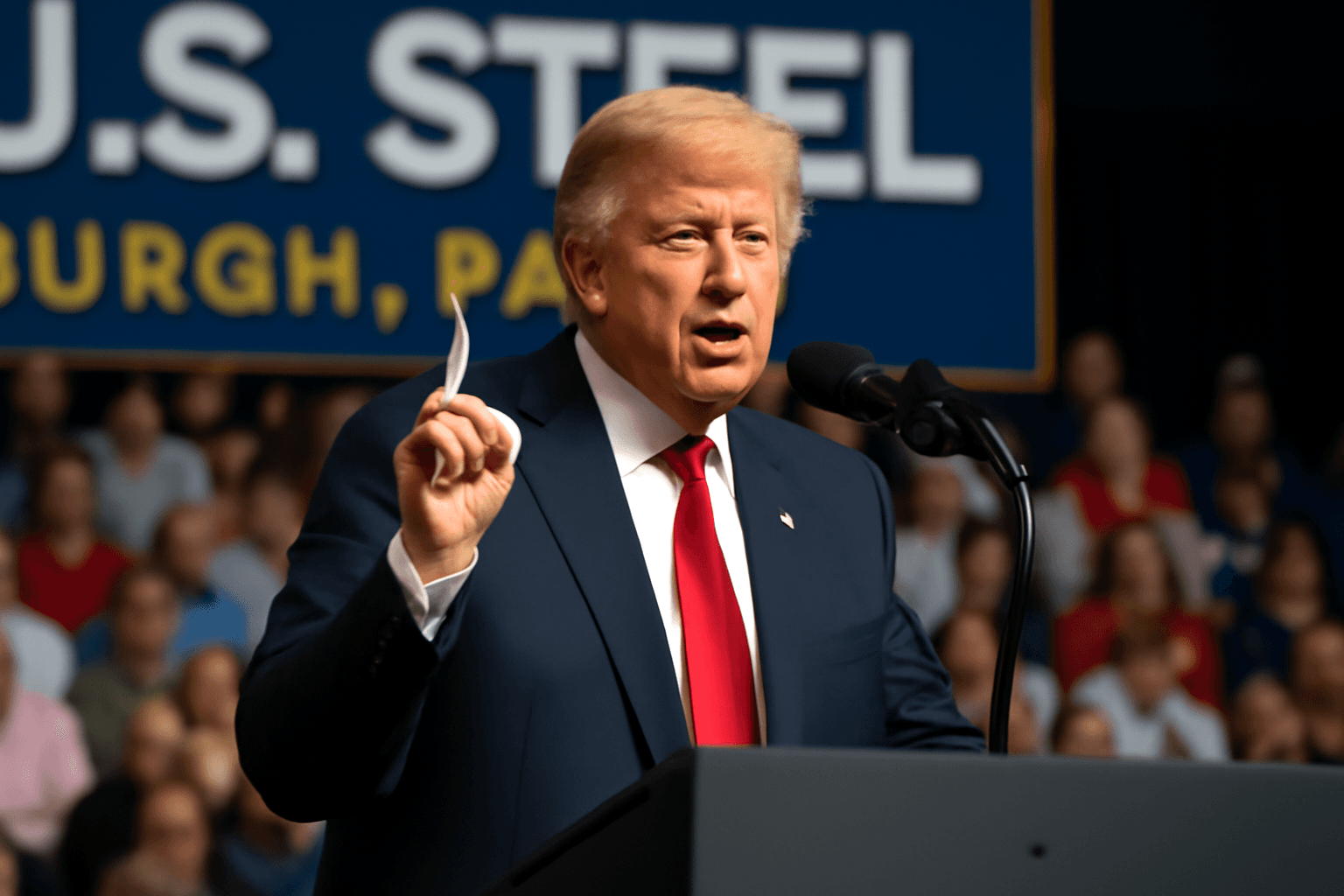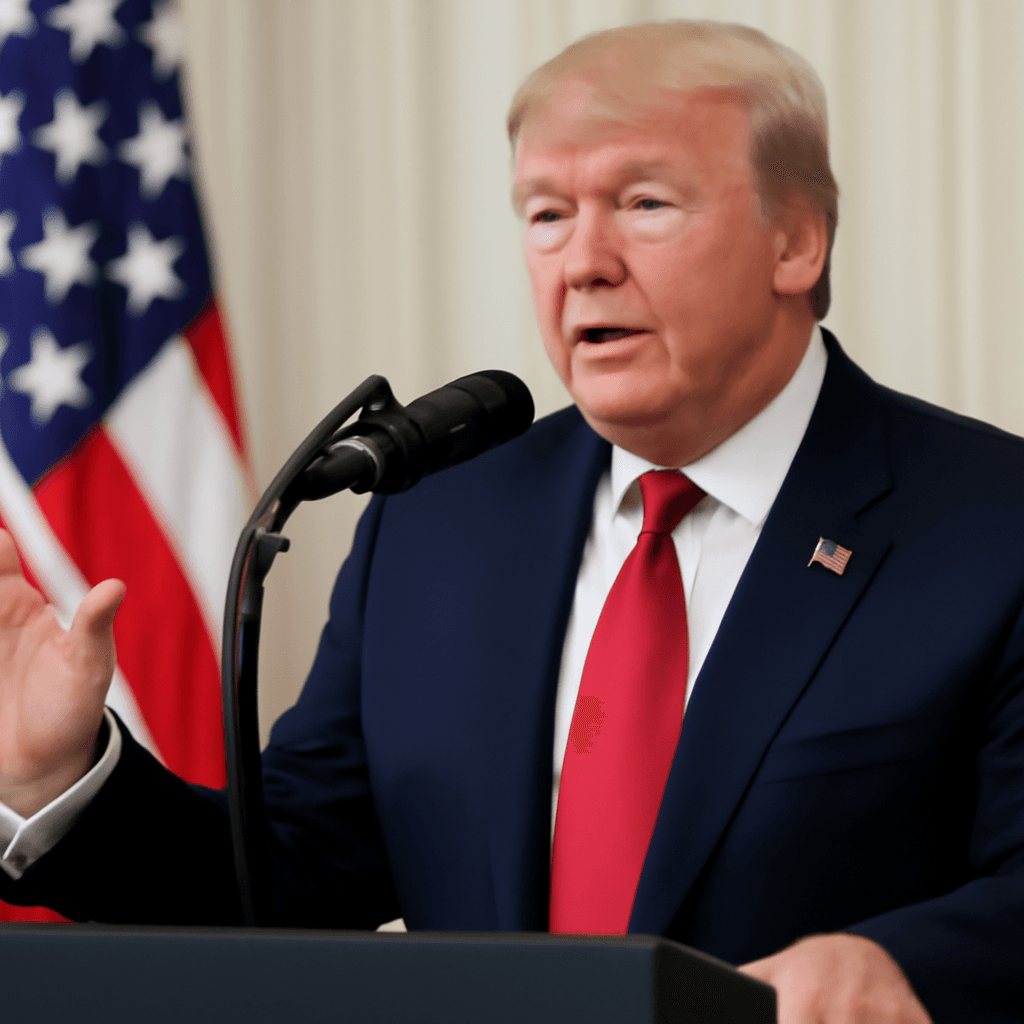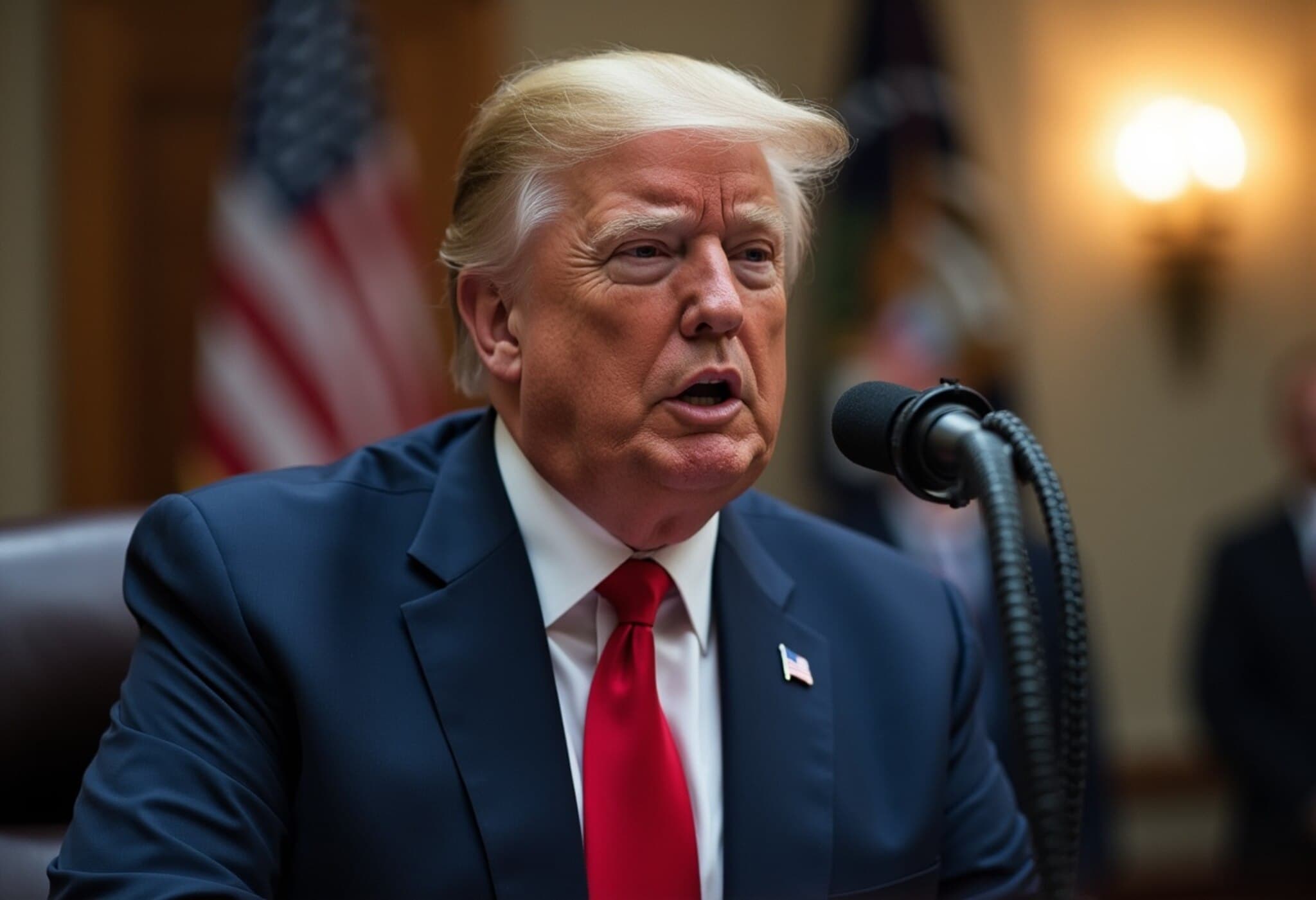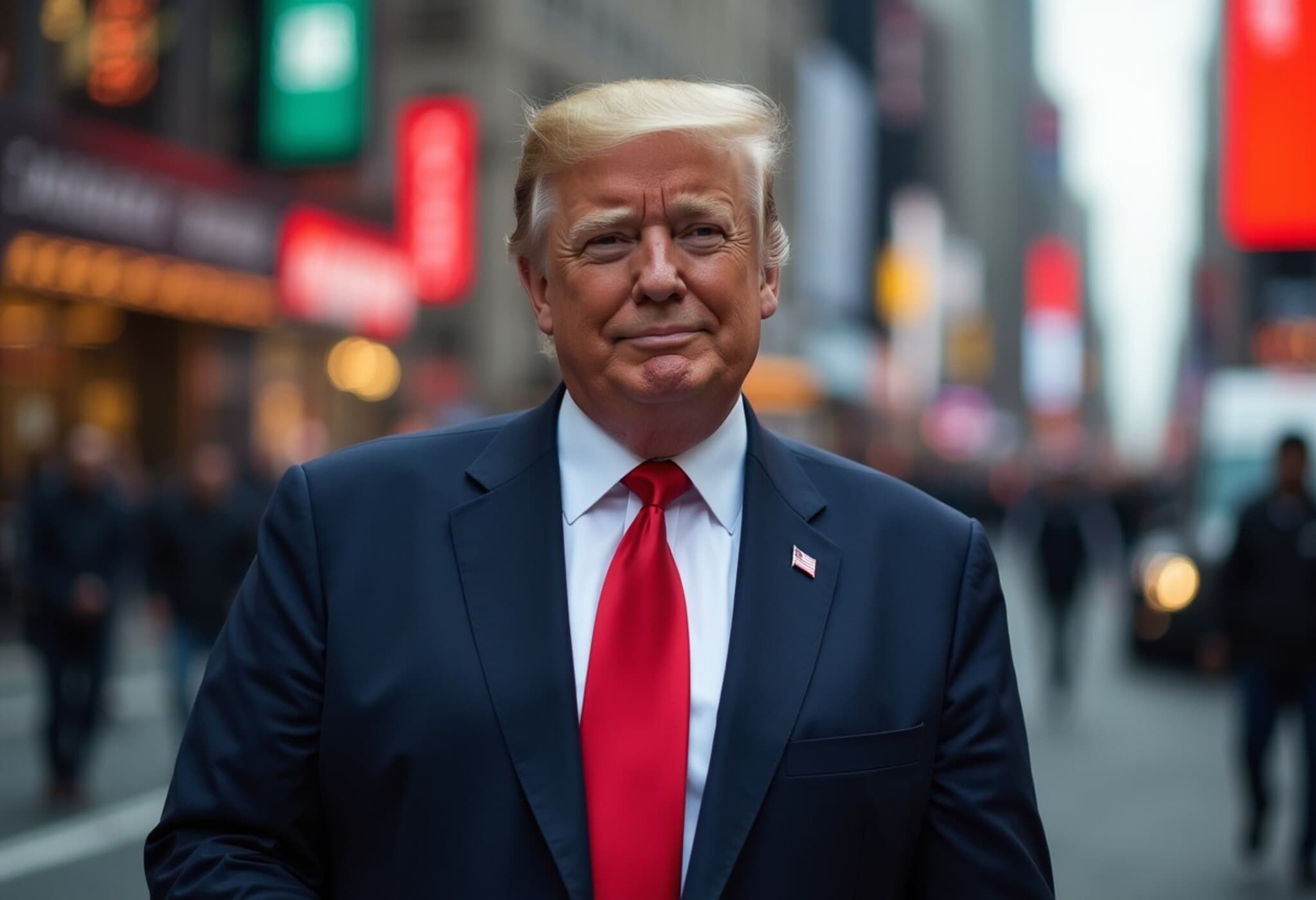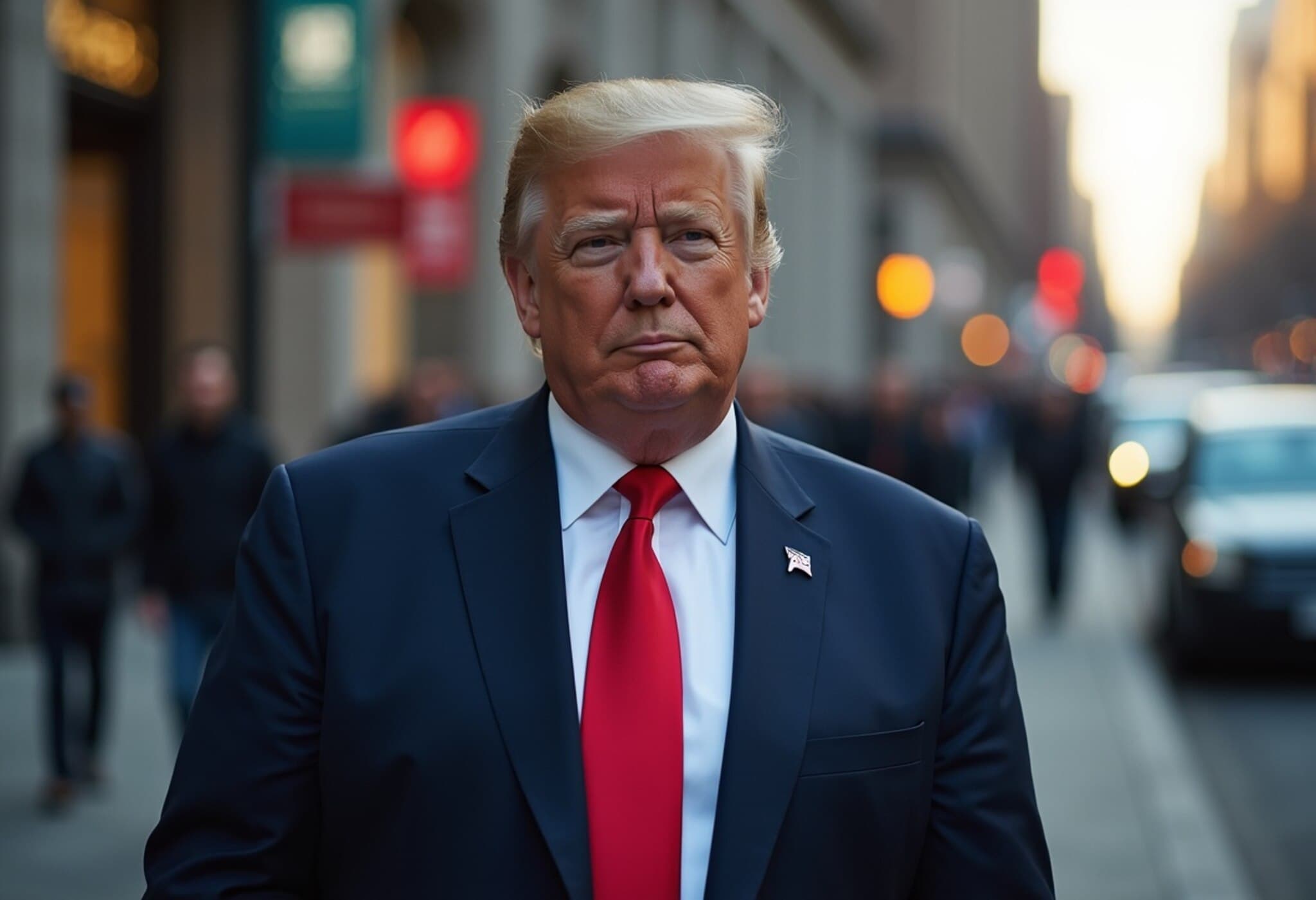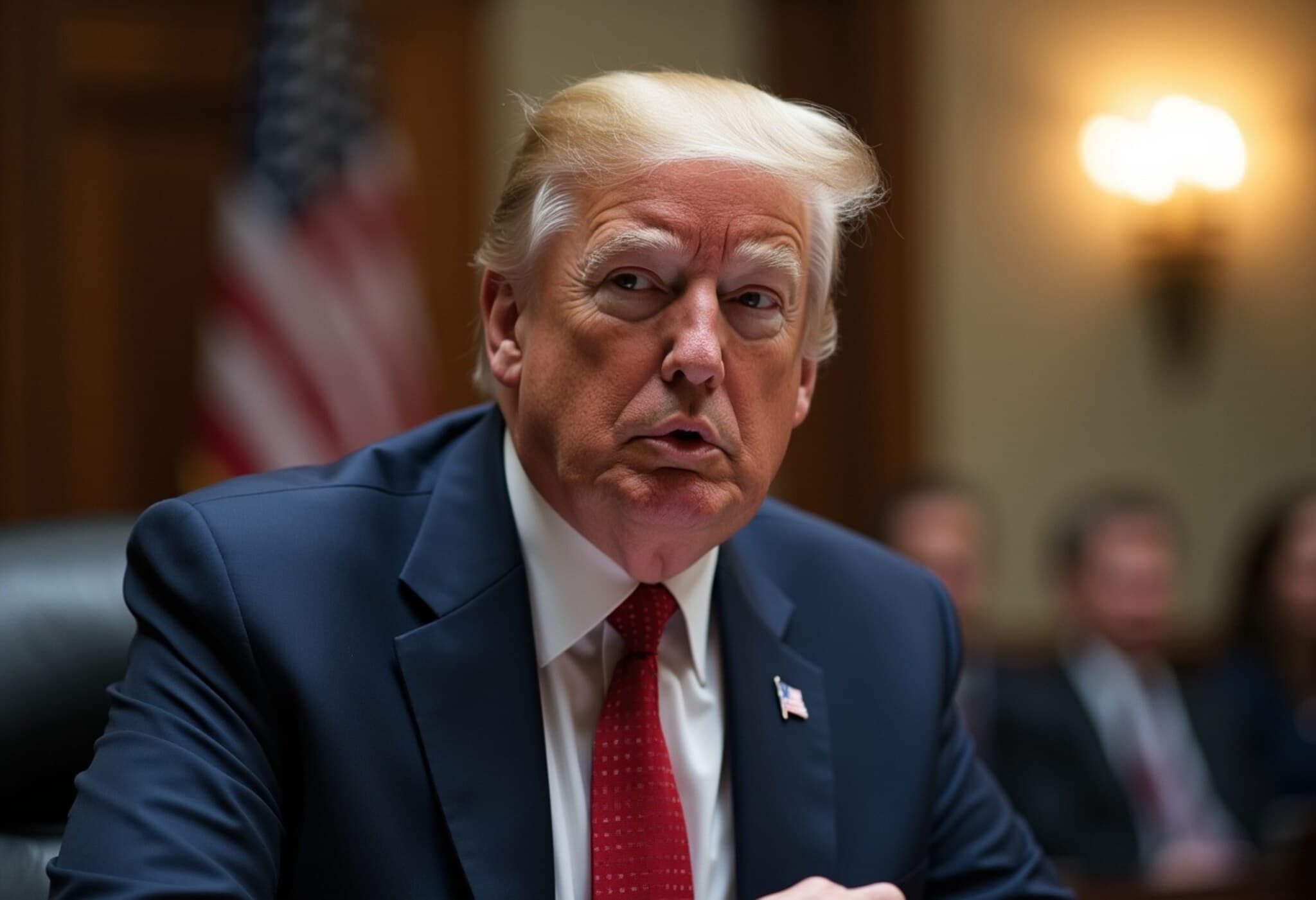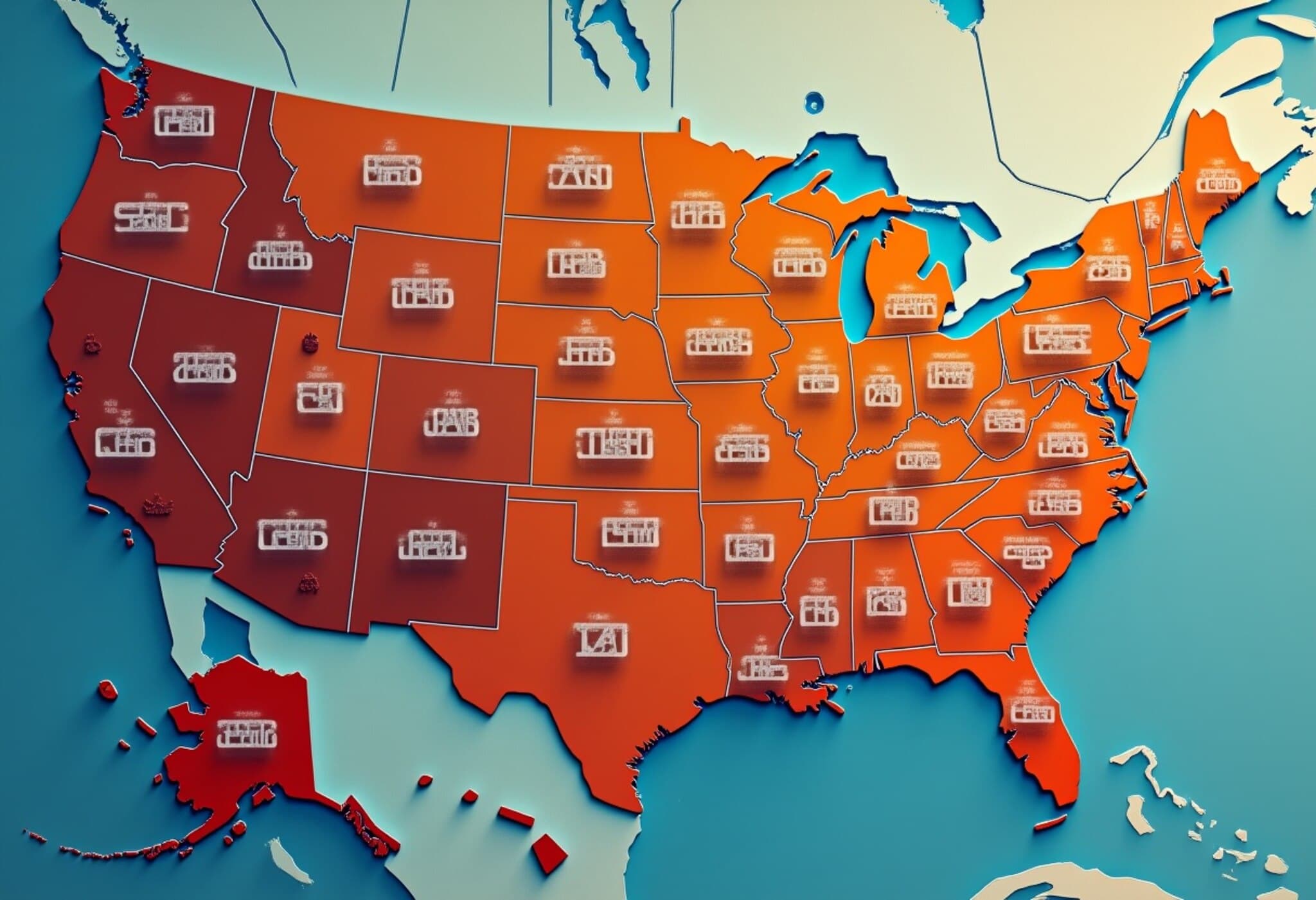U.S. Economy Surpasses Expectations with 3.3% Growth in Q2 2025
The U.S. economy demonstrated stronger-than-anticipated growth in the second quarter of 2025, expanding at an annualized rate of 3.3%, according to the Commerce Department’s revised GDP estimate released on August 28. This figure exceeded both the initial 3.0% estimate and the Dow Jones consensus forecast of 3.1%, underscoring the resilience of American consumers and businesses amid ongoing trade tensions and tariff uncertainties.
Consumer Spending and Domestic Demand Drive Growth
Consumer spending was a key catalyst for the upward revision, rising 1.6%, compared to the earlier 1.4% estimate. This robust spending helped offset some of the volatility caused by tariffs and trade disruptions. Equally important, the measure known as final sales to private domestic purchasers—a critical gauge closely monitored by Federal Reserve officials because it reflects demand within the U.S. economy—jumped to 1.9% from the previously reported 1.2%. This increase signals sustained domestic activity despite the challenges posed by tariffs.
Trade Activity: The Tale of Tariffs and Stockpiling
Trade figures in the second quarter were notably influenced by tariff-related behaviors. Imports plunged by 29.8%, slightly less than the previously estimated 30.3%, as companies had strategically stockpiled goods in anticipation of President Trump’s April 2 “liberation day” tariff announcements. This drop in imports, which subtracts from GDP, artificially boosted growth.
On the other side of the ledger, exports declined by 1.3%, an improvement over the initial forecast of a 1.8% drop. When combined, the net exports contribution to GDP added nearly 5 percentage points to the second-quarter expansion—a rare and significant boost tied closely to tariff dynamics rather than organic trade growth.
First Half of 2025: A Tale of Two Quarters
Over the first six months of the year, GDP grew by around 2.1%, averaging roughly 1% per quarter. The economy experienced a contraction of 0.5% in Q1, largely attributed to the import surge preceding tariff hikes. The second quarter’s rebound reflects not just a correction but also fundamental consumer resilience.
Expert Perspectives: A Slower, Steadier Growth Path Ahead
Heather Long, Chief Economist at Navy Federal Credit Union, remarks: “The encouraging news is that consumption exceeded prior expectations. Despite tariffs and uncertainty, Americans continue to spend—though at a more moderated pace compared to previous years.”
Long further forecasts that the American economy is likely settling into a ‘new normal’ growth range around 1.5% as the tangible effects of tariffs become more evident to consumers in the coming months.
Looking Forward: Inflation and Growth in Q3
Inflation indicators remained steady. The Core Personal Consumption Expenditures (PCE) price index, which excludes food and energy prices, rose 2.5%, unchanged from prior readings. The headline PCE price index edged down slightly to 2%, aligning closely with the Federal Reserve’s 2% inflation target.
Meanwhile, Atlanta Fed’s GDPNow model estimates that the economy is growing at an annualized pace of approximately 2.2% in the third quarter, suggesting continued, albeit moderate, momentum.
Context and Policy Considerations
This revised GDP growth rate shines a light on the complex interplay between trade policy and domestic economic activity. The artificial boost from tariff-related import shifts poses questions for policymakers: to what degree is the economy’s reported strength sustainable if such trade distortions fade? And how will consumer confidence and spending adapt as tariffs potentially raise prices on everyday goods?
Furthermore, data transparency and nuanced metrics like final sales to private domestic purchasers are increasingly crucial for Federal Reserve officials as they navigate an uncertain economic landscape, balancing inflation control with economic growth.
Editor’s Note
As we digest the stronger-than-expected economic growth in the second quarter of 2025, it’s clear that American consumers play a pivotal role in sustaining momentum amid trade-related headwinds. However, the impact of tariffs on trade figures raises important questions about the durability of this growth. Policymakers, investors, and everyday Americans will need to watch closely how evolving trade policies and inflation trends shape the economy’s trajectory in the months ahead.
What remains to be seen is how the domestic economy will adjust if tariff benefits from prior stockpiling diminish and whether consumer spending can propel growth independently of such external shocks.


